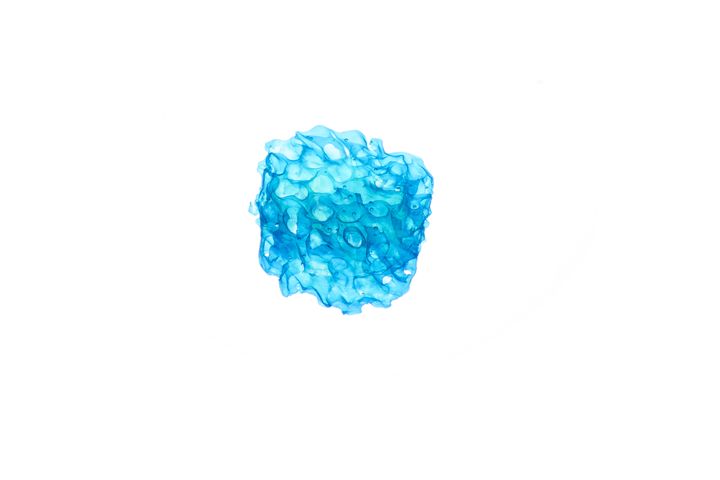
Readily3D, one of the first companies to tackle the new volumetric 3D printing process, has adapted their process for bioprinting.
The Swiss company has partnered with several others on project “ENLIGHT”, which is attempting to produce a “living model of the pancreas”. The purpose of the model is to better enable testing of diabetes medications.
Volumetric 3D Printing
You might not be familiar with volumetric 3D printing, but most will be within a few years. That’s because the technology offers the possibility of extremely rapid 3D printing. While today’s 3D printing processes take hours or even days to produce 3D objects, volumetric approaches can do so within mere minutes, and even seconds for smaller objects.
The volumetric process is complex, but generally involves a vat of transparent resin. Into this vat are projected light patterns that represent what would be seen by a CT scanner, except the process occurs in reverse: patterns create the object, instead of object creating the patterns.
The process occurs more or less simultaneously, so there is no concept of layers, and this is why the speed of printing is so fast.
Volumetric Bioprinting
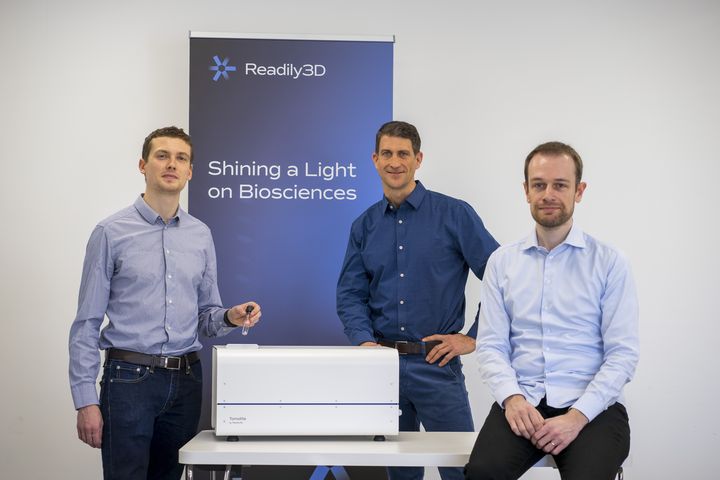
Bioprinting is a technique that’s been around for many years, but it has been constrained by several factors.
The bioprinting concept is typically to 3D print a biodegradable “scaffold”, a sparsely dense object in the desired shape. Living cells are intermittently deposited on the scaffold, which guides their growth as they multiple after printing. Eventually the scaffold dissolves, leaving the living cells in the correct geometry.
One of the biggest challenges in bioprinting is the basic issue of life itself: the living cells must be kept alive during and after the 3D printing process. One constraint from this challenge is the size of bioprints: if the material is too thick, nutrients cannot soak through to access the cells and they die.
Another issue is time: long print times mean that nutrients often cannot be provided to the living cells until after the print complete, and if the print duration is measured in hours or days, that’s too long.
But then there’s bioprinting: if you can 3D print the object faster, then you can get nutrients to the living cells much faster. Readily3D calls this the “survival rate”.
Advanced Volumetric Bioprinting
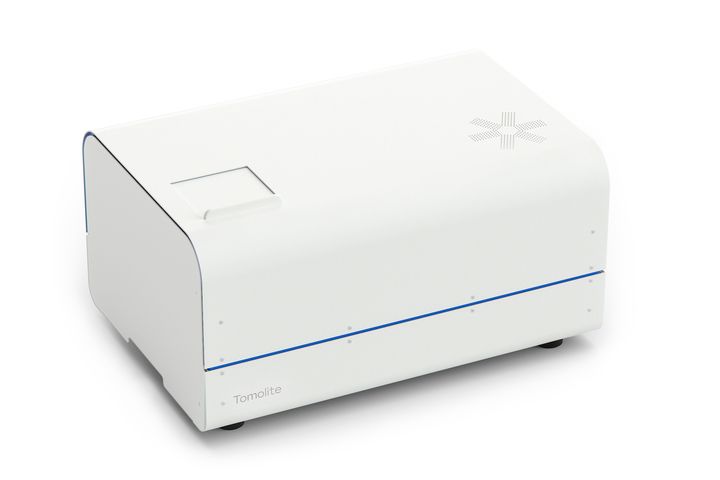
Early bioprinting was often “single material”, in that only one type of cell was deposited. This greatly limited the possibilities for the technology, as you could produce only thin tissue segments of a single cell type. Skin, for example, would be possible with this level of bioprinting.
Readily3D has produced a new volumetric bioprinter they call the Tomolite, which will be used in this project.
However, the ENLIGHT project seems to be going well beyond those modest experiments in that they are attempting to produce a “working” pancreas. How do they do this?
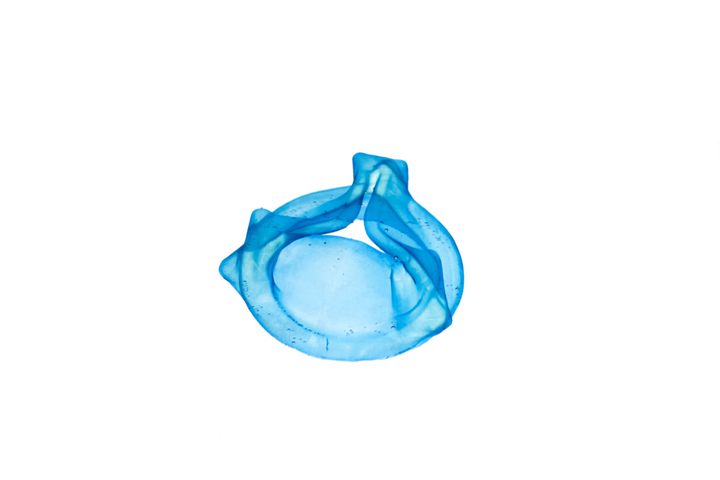
It seems they are depositing human stem cells, rather than end-use functional cells. Stem cells are a kind of progenitor cell that can produce any type of cell in the body — if properly signaled.
That signaling seems to be the challenging part of the ENLIGHT project. They say:
“Once the bioprinter has created a living 3D model of human tissue, the second step will be to add signaling molecules, which tell the cells how to behave based on external stimulation. This is needed to recreate functionality at the human organ level.”
In principle, this should be possible: it happens all the time when humans are born. Stem cells produce all the different cells required to create functioning organs and structures. The trick here is to coax the stem cells into producing the required bits for a working pancreas.
3D Printed Organs
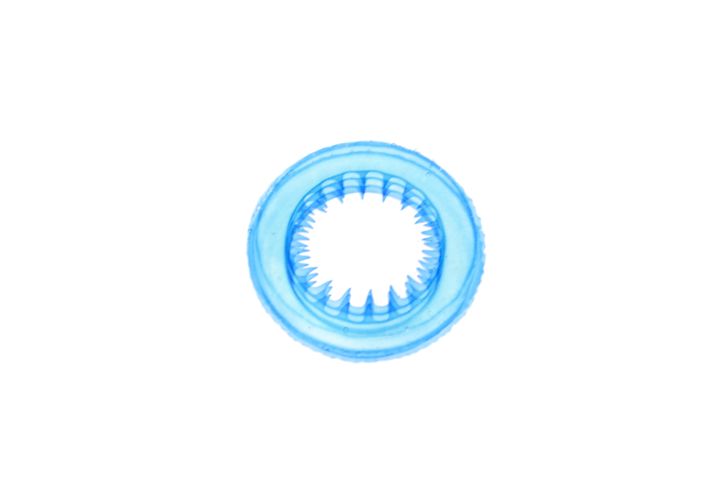
For many years, ever since I entered the 3D print space in 2007, there has been the hyped promise of “3D printed organs”. Virtually all bioprinting experiments I’ve seen have clearly demonstrated that the technology was not capable of doing so, and probably not for many years.
This project has me changing my thinking: this could actually work. It may be possible to literally 3D print a functional human organ.
If project ENLIGHT succeeds, this could open up a massive new industry where companies rapidly develop methods for producing replacement organs of all types: if you can convince stem cells to 3D print a pancreas, why couldn’t you try to make them build other structures?
I can imagine not only a pancreas, but also other body parts could potentially be produced using this stem cell approach: lungs, heart, stomach. But what about, say spines? Or eyes? Or a leg?
We may be on the edge of a new world where you can order replacement body parts.
Via Readily3D
